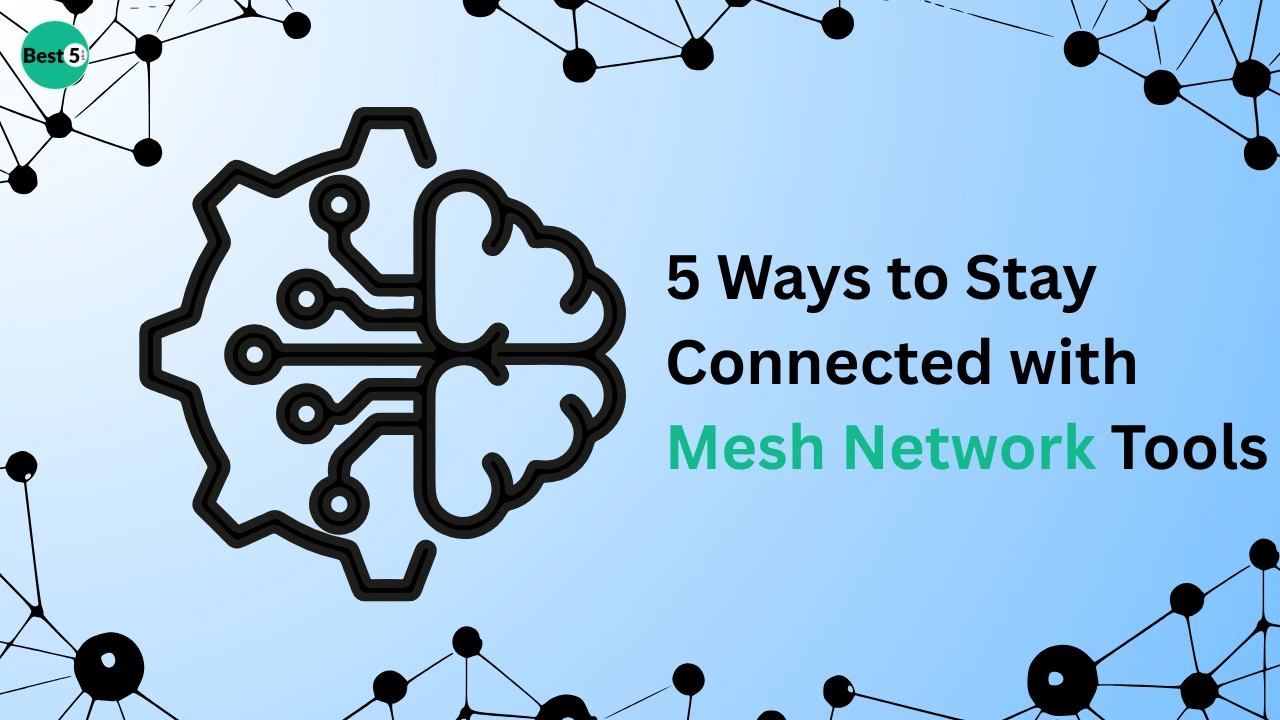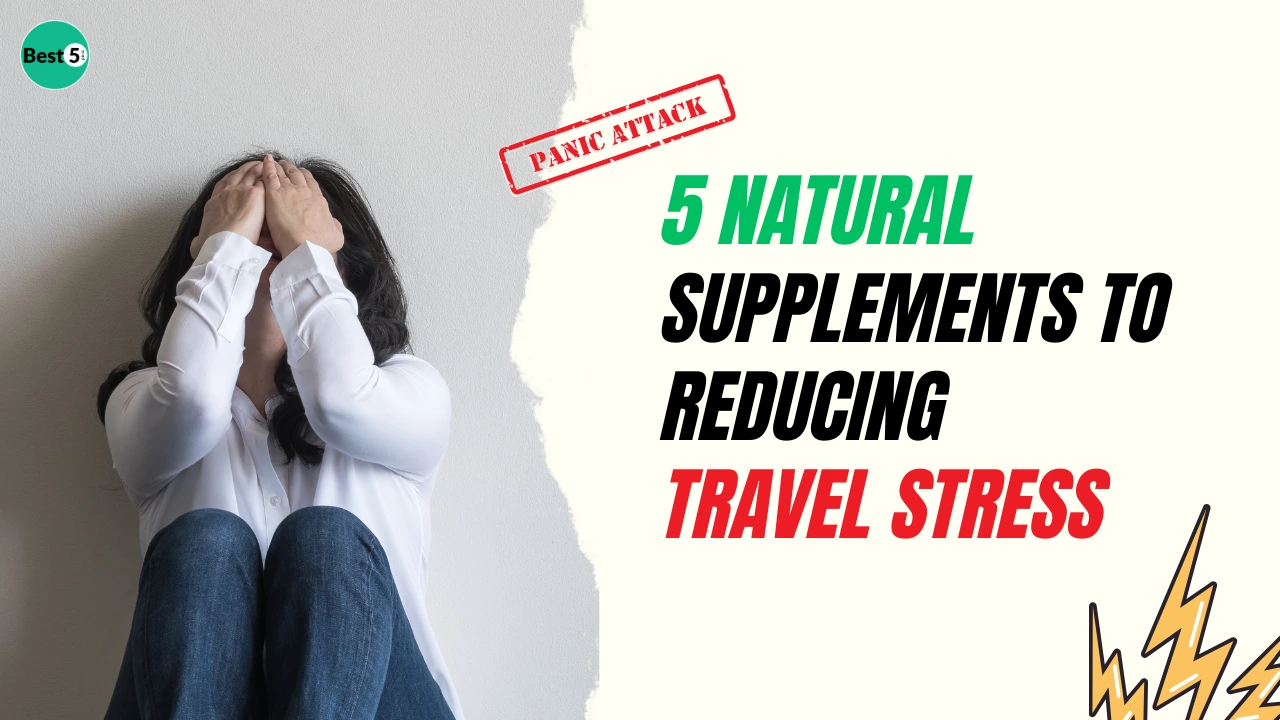In today’s digital era, staying connected is more than just a convenience it’s a necessity. Whether you are traveling, working remotely, or living in a disaster-prone area, reliable communication can make the difference between safety and vulnerability.
Unfortunately, cell service is not always guaranteed. Power outages, natural disasters, or even crowded events can lead to network failures. This is where mesh network tools come into play.
Mesh networks allow devices to communicate directly with each other without relying on traditional cellular towers or internet infrastructure. These tools have grown in popularity due to their ability to provide strong, decentralized communication when standard networks fail.
In this article, we will explore 5 powerful ways to stay connected with mesh network tools when cell service is unavailable. We’ll break down their features, benefits, and real-world applications to help you understand how they can keep you connected anytime, anywhere.
1. Mesh Network Smartphones
Key Features:
- Built-in support for peer-to-peer communication
- Operates without cell towers or Wi-Fi
- Ideal for outdoor adventures or emergencies
- Encrypted communication for added security
- Works with multiple devices within a set range
Mesh-enabled smartphones are revolutionizing the way we communicate in off-grid scenarios. Unlike standard phones that depend on towers, these devices can connect directly to one another. This feature makes them perfect for areas with little or no cellular coverage.
For hikers, campers, or people living in rural regions, mesh smartphones act as lifelines. They provide messaging, calling, and even file-sharing capabilities without traditional networks. Beyond emergencies, they are increasingly used in events with massive crowds where cell networks often fail.
2. Portable Mesh Network Devices
Key Features:
- Small, lightweight, and easy to carry
- Connects to your phone via Bluetooth
- Extends communication range beyond typical cell limits
- Battery-powered for use during outages
- Often supports multiple platforms (iOS and Android)
Portable mesh devices are another effective way to stay connected when cell service fails. These small gadgets link with your smartphone through Bluetooth and create a peer-to-peer network with other similar devices.
In emergencies like earthquakes or hurricanes, these tools can connect families, rescue teams, and communities without the need for Wi-Fi or cellular data. Outdoor enthusiasts also find them invaluable for group hiking, ensuring everyone remains in touch even when spread out across large areas.
3. Mesh Wi-Fi Routers
Key Features:
- Extends connectivity across wide areas
- Supports multiple devices simultaneously
- Self-healing network that adapts if one router goes offline
- Ensures smooth coverage indoors and outdoors
- Works with existing internet setups or independently
Mesh Wi-Fi routers are widely known for enhancing home connectivity, but they also play a vital role when cell networks collapse. These routers form a network of interconnected nodes that distribute signals evenly, ensuring seamless communication.
For households and small businesses, mesh routers provide uninterrupted service during partial outages. Even if one router fails, the system reroutes traffic through other nodes. This reliability makes them a smart investment for anyone relying heavily on digital connectivity.
4. Emergency Mesh Communication Apps
Key Features:
- Runs directly on smartphones
- No internet or SIM card required
- Uses Bluetooth and Wi-Fi direct for messaging
- Supports group chats and location sharing
- Useful for disaster zones and travel
Some apps are designed specifically for emergency communication through mesh networks. These apps allow smartphones to connect directly without requiring mobile data. They often use Bluetooth and Wi-Fi direct, enabling text messaging, group chats, and even file sharing.
In disaster-hit areas where cellular infrastructure is damaged, these apps become essential. Travelers exploring remote locations also use them to stay in touch with companions. They are easy to install and affordable, making them an accessible entry point into mesh networking.
5. Community-Based Mesh Networks
Key Features:
- Built and maintained by local communities
- Provides free or low-cost connectivity
- Decentralized, reducing dependency on major carriers
- Can cover large urban or rural areas
- Encourages digital inclusivity
Community-driven mesh networks are growing globally as a sustainable solution for connectivity challenges. These networks rely on shared nodes established by members of a community, creating a decentralized system that doesn’t rely on cell towers.
For rural villages and underserved areas, community mesh networks offer affordable communication solutions. During disasters, they provide a resilient communication infrastructure that keeps people informed and connected. They also promote inclusivity by bridging the digital divide.
Conclusion – 5 Ways to Stay Connected with Mesh Network Tools

When cell service fails, staying connected is crucial for safety, communication, and peace of mind. Mesh network tools—ranging from smartphones and portable devices to community-driven networks—provide reliable alternatives. Each tool serves unique purposes, whether it’s emergency preparedness, outdoor exploration, or enhancing daily connectivity.
As technology continues to evolve, mesh networking is becoming a practical and necessary part of our digital lives. By embracing these tools, individuals and communities can ensure they remain connected even when traditional networks go down.
In short, when cell service fails, mesh network tools are your lifeline to uninterrupted communication.
List of 5 Ways to Stay Connected with Mesh Network Tools
| Rank | Mesh Tool | Key Features | Best Use Cases |
|---|---|---|---|
| 1 | Mesh Network Smartphones | Direct device-to-device communication, encrypted | Emergencies, rural areas, outdoor trips |
| 2 | Portable Mesh Devices | Lightweight, Bluetooth connectivity, battery-powered | Natural disasters, hiking, rescue operations |
| 3 | Mesh Wi-Fi Routers | Self-healing, wide coverage, supports many devices | Home use, small businesses, outages |
| 4 | Emergency Mesh Apps | App-based, works offline, group messaging | Disaster zones, remote travel, group trips |
| 5 | Community-Based Mesh Networks | Community-driven, low-cost, decentralized | Rural areas, urban neighborhoods, inclusivity |
FAQs on 5 Ways to Stay Connected with Mesh Network Tools
1. What is a mesh network?
A mesh network is a system where devices connect directly to each other without depending on traditional cell towers or central infrastructure.
2. Can mesh networks replace cell service completely?
Not entirely. Mesh networks are excellent for short-range communication and emergencies but don’t fully replace long-distance cellular networks.
3. How far can mesh network devices communicate?
The range varies from 100 meters to several kilometers, depending on the device and environment.
4. Do mesh networks need the internet to work?
No, mesh networks can function offline, but some devices may use the internet to expand range.
5. Are mesh networks secure?
Yes, many mesh devices use encryption to protect communication from unauthorized access.
6. Can I use mesh apps without special hardware?
Yes, mesh communication apps only require a smartphone with Bluetooth and Wi-Fi capabilities.
7. What happens if one node in a mesh network fails?
The network automatically reroutes communication through other nodes, ensuring continuous connectivity.
8. Are mesh networks expensive?
Not necessarily. Some apps are free, and portable devices are affordable compared to satellite phones.
9. Can mesh networks work during natural disasters?
Yes, they are designed to work in disaster zones where cell service is often unavailable.
10. Who benefits most from mesh networks?
Travelers, outdoor enthusiasts, remote workers, disaster management teams, and communities with limited cell service.









